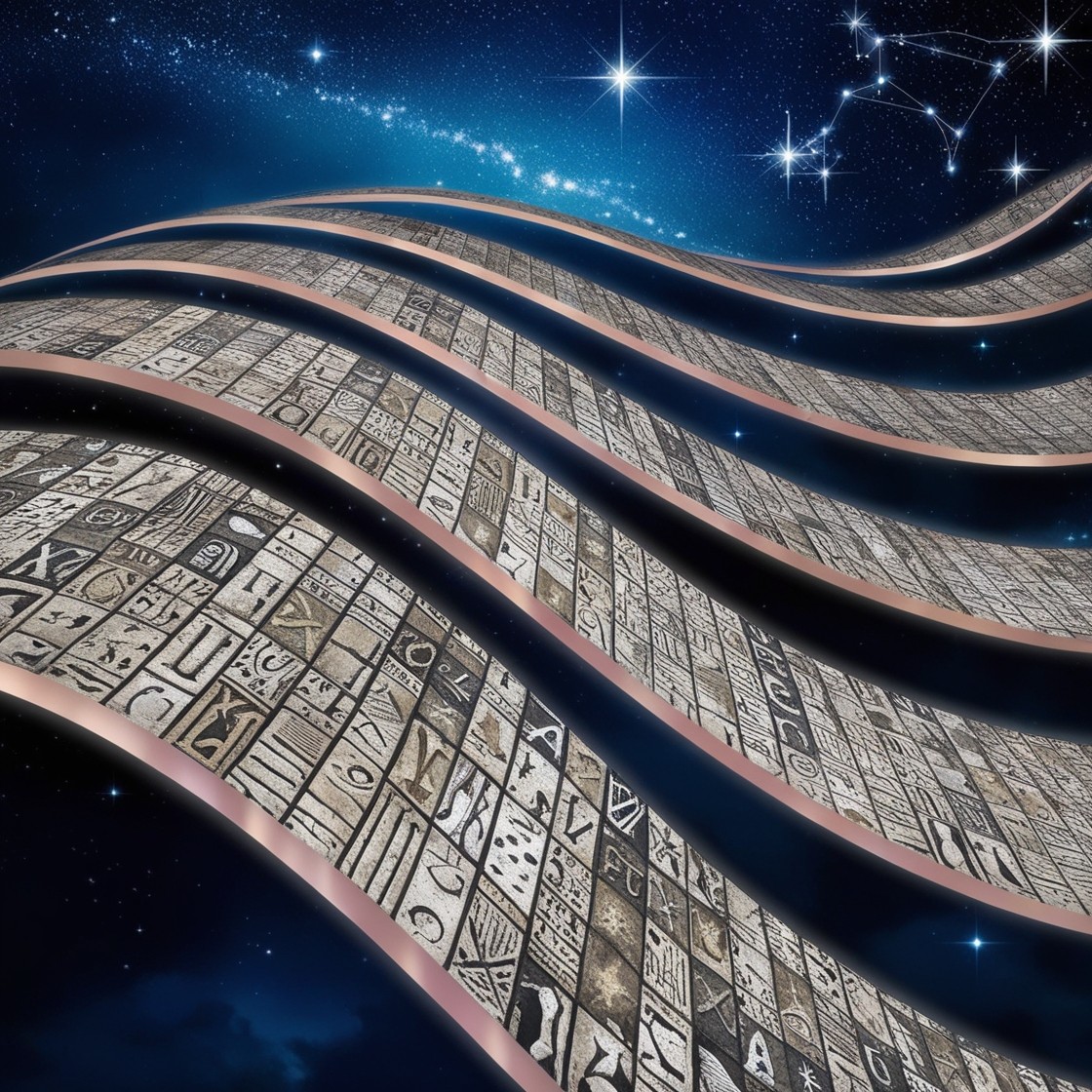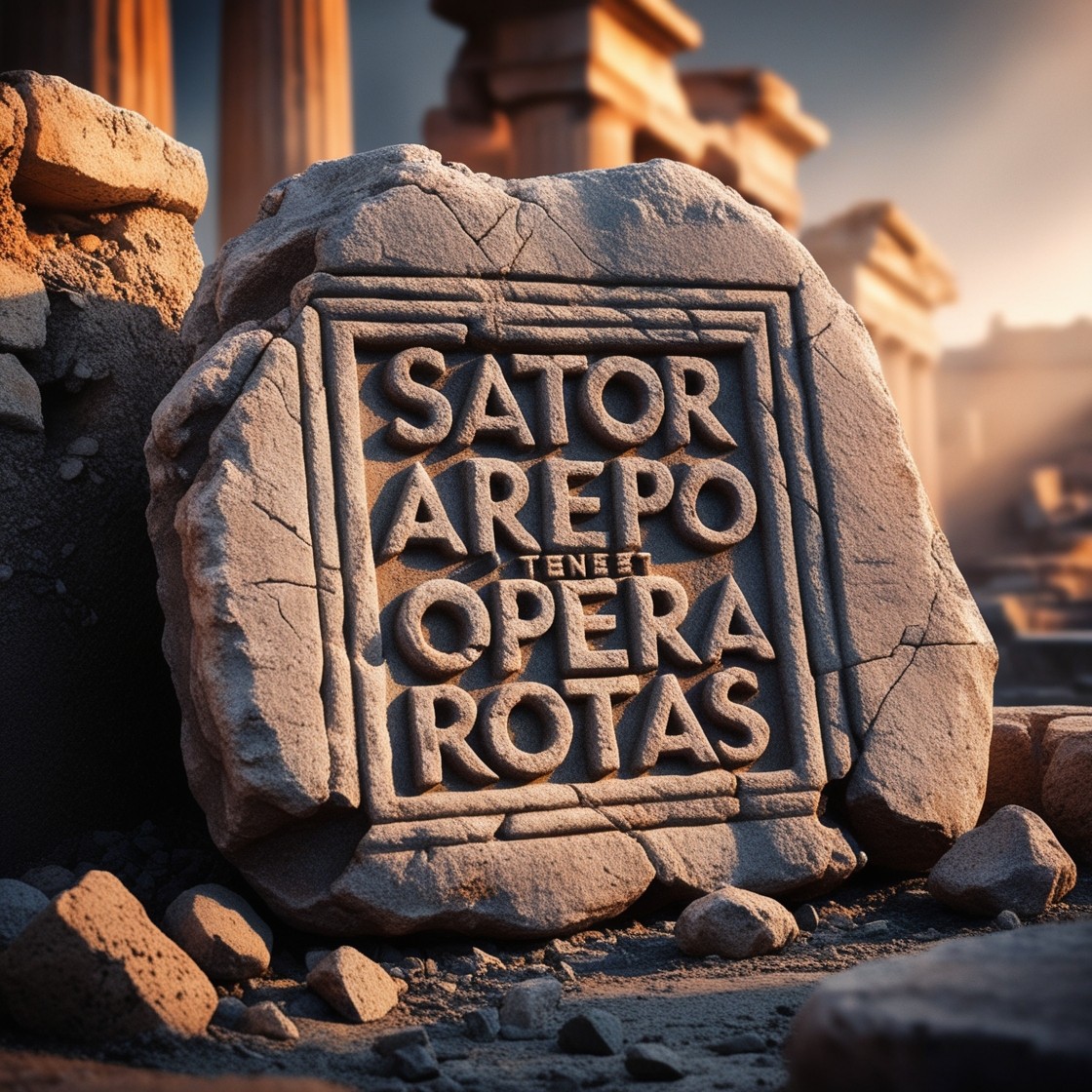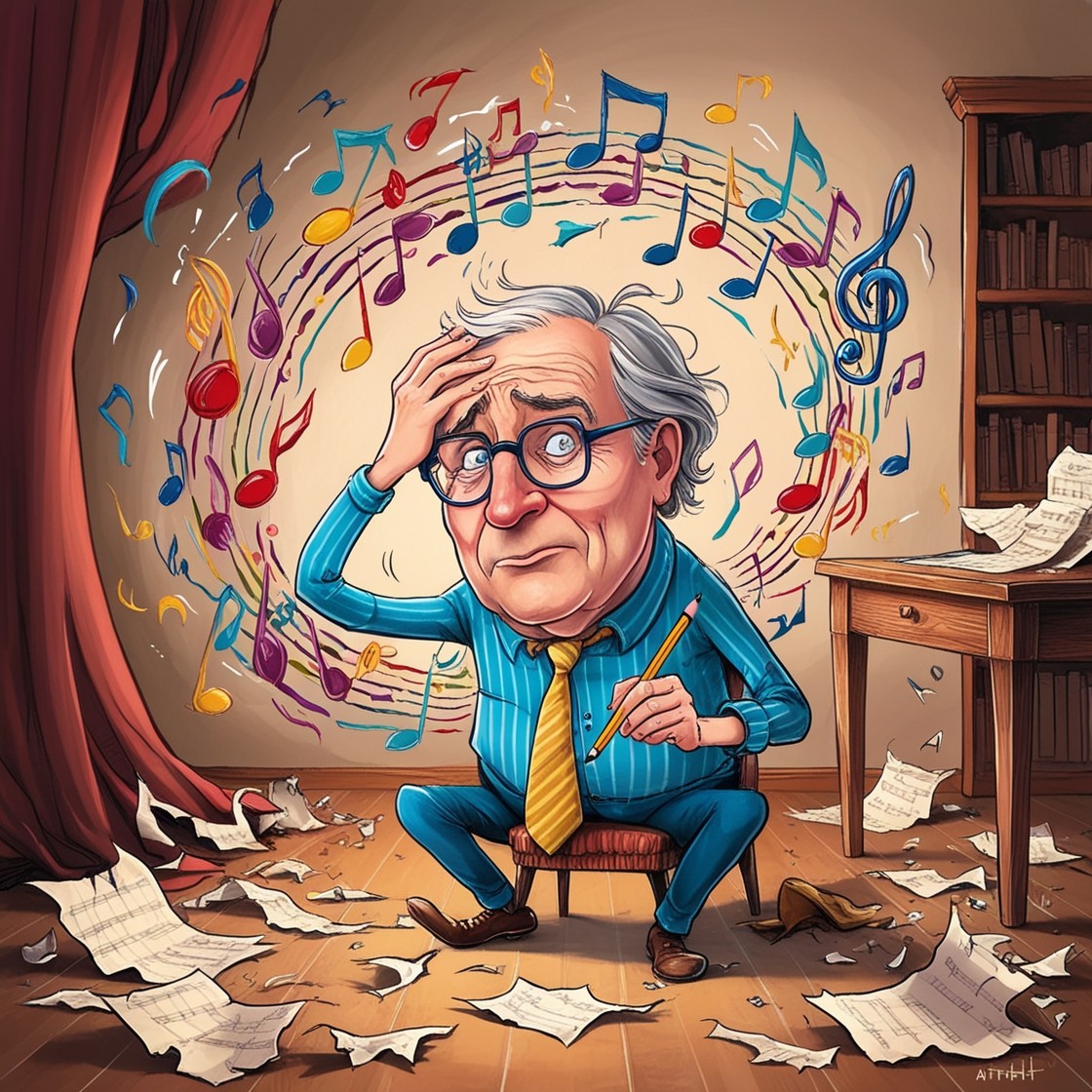Ah, word games. Those delightful little brain-teasers that have been keeping us entertained (and occasionally frustrated) for centuries. But have you ever wondered how these puzzles found their way into our beloved newspapers? Buckle up, word nerds, because we're about to take a wild ride through the history of word games, from ancient Chinese squares to the digital puzzles we can't stop playing on our phones.

The Ancient Roots: Magic Squares and Pompeii's Word Grids
Let's start our journey way back in ancient China, around 190 BC. Picture this: it's the Han Dynasty, and some clever folks have just invented what they call "Lo Shu" squares. These 3x3 grids filled with numbers 1-9 might not look like much, but they're the great-great-grandparents of our modern word puzzles.
Here's the kicker: each row, column, and diagonal in these squares added up to 15. Now, you might be thinking, "So what? I can do that with my grocery list." But hold your horses – these squares were believed to have mystical properties. That's right, solving puzzles was practically a spiritual experience back then.
Fast forward a few centuries, and we find ourselves in the ruins of Pompeii. Among the well-preserved frescoes and unfortunate volcano victims, archaeologists discovered something that would make any word game enthusiast's heart skip a beat: the "Sator Square."

This bad boy was a 5x5 grid containing five Latin words: SATOR, AREPO, TENET, OPERA, and ROTAS. The cool part? You could read it in multiple directions, creating a mind-bending palindrome effect. It's like the ancient Roman version of a 360 no-scope in word game terms.
The Victorian Era: Lewis Carroll's Doublets
Now, let's hop in our time machine and zip forward to Christmas Day, 1877. Lewis Carroll, the guy who brought us "Alice in Wonderland," is sitting around thinking, "You know what would make this holiday season more fun? A word game!"
And thus, "Doublets" was born. The concept was simple: transform one word into another by changing one letter at a time. For example, you might go from CAT to DOG like this: CAT - COT - DOT - DOG. It's like playing six degrees of Kevin Bacon, but with words.
Carroll's game caught on like wildfire, eventually finding its way into the pages of Vanity Fair magazine in 1879. Little did he know, he was setting the stage for the word game revolution that was about to hit newspapers.
The Crossword Craze: Arthur Wynne's Game-Changing Invention
December 21, 1913. Mark this date in your calendars, folks, because it's the birthday of the modern crossword puzzle. Arthur Wynne, a violinist turned journalist (because why not?), was tasked with creating a new puzzle for the "Fun" section of the New York World newspaper.

Wynne, probably fueled by deadline panic and too much coffee, came up with what he called a "Word-Cross Puzzle." It was diamond-shaped, had no black squares, and the clues were about as exciting as a beige wallpaper catalog. But you know what? People loved it.
The 1920s: When Crosswords Took Over the World
The 1920s weren't just about flappers and jazz; they were also the decade when crossword puzzles went viral (in a pre-internet, newspaper-based kind of way). We're talking crossword-themed everything: stockings, dresses, even jewelry. There was even a Broadway musical called "Puzzles of 1925." Imagine tap-dancing to clues like "Four-letter word for 'feline'" – now that's entertainment!
Libraries reported a surge in dictionary checkouts, and employers complained about workers solving puzzles on the job. It's like when Wordle came out, but without the ability to humble-brag about your score on Twitter.
The New York Times: From Hater to Trendsetter
Now, you'd think the New York Times would be all over this crossword craze, right? Wrong. They were like that one friend who refuses to watch Game of Thrones because it's "too mainstream." The Times published several editorials basically calling crossword enthusiasts a bunch of time-wasting dimwits.
But here's the plot twist: on February 15, 1942, the New York Times finally caved and published its first crossword puzzle. Why the change of heart? World War II was in full swing, and people needed a distraction. Nothing takes your mind off global conflict like trying to remember a five-letter word for "annoy."
The Times didn't just join the party; they became the life of it. They hired Margaret Farrar, the crossword queen who had been editing Simon & Schuster's puzzle books, and set out to create the most challenging, high-quality puzzles in the nation. It's like they went from hating on pizza to opening a gourmet pizzeria.
Beyond Crosswords: The Puzzle Menagerie Grows
As if crosswords weren't enough to keep our brains busy, the 1960s saw the birth of another newspaper favorite: the word search. Norman E. Gibat published the first known word search in the Selenby Digest in 1968. It's like Where's Waldo, but for words, and without the striped shirt and glasses.

But wait, there's more! Double-crostics, scrambled words, and "make as many words as you can" puzzles started popping up in newspapers faster than you can say "lexicographical smorgasbord." It was a golden age for word nerds everywhere.
The Digital Revolution: Word Games Go High-Tech
Fast forward to today, and word games have gone digital. We've got apps, online puzzles, and games like Wordle that make us question our vocabulary skills on a daily basis. Newspapers have adapted, offering digital versions of classic puzzles alongside their print editions.
But here's the thing: whether it's an ancient Chinese magic square or a state-of-the-art mobile game, the core appeal of word games remains the same. They challenge us, entertain us, and occasionally make us want to throw our devices (or newspapers) across the room in frustration.
So, the next time you're tackling the Sunday crossword or playing a free puzzle game on your phone, take a moment to appreciate the rich history behind your brain-teasing entertainment. From mystical Chinese squares to Broadway musicals to global digital phenomena, word games have come a long way. And who knows? Maybe in another 2000 years, archaeologists will be uncovering our long-forgotten Wordle scores and wondering what all the fuss was about.
Now, if you'll excuse me, I have a 7-letter word for "addictive word game" to solve. (Spoiler alert: it's WORLDE!)

